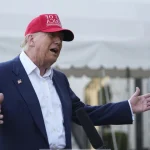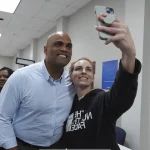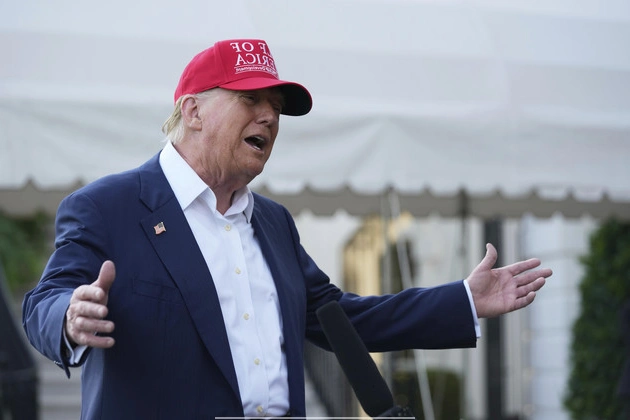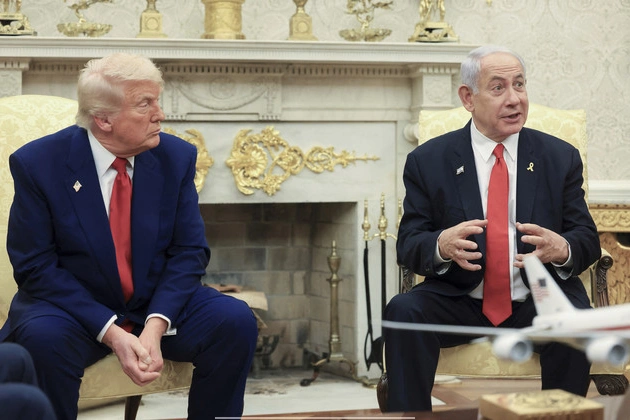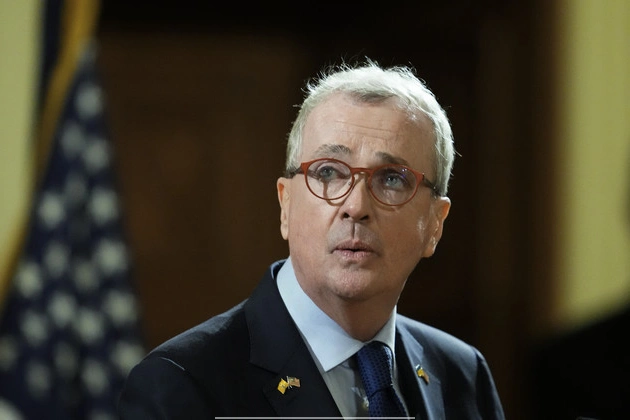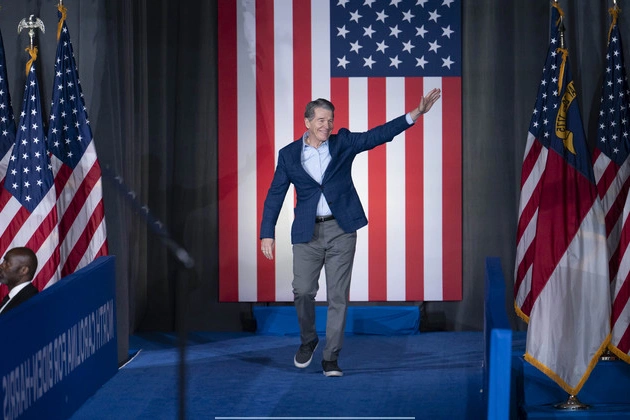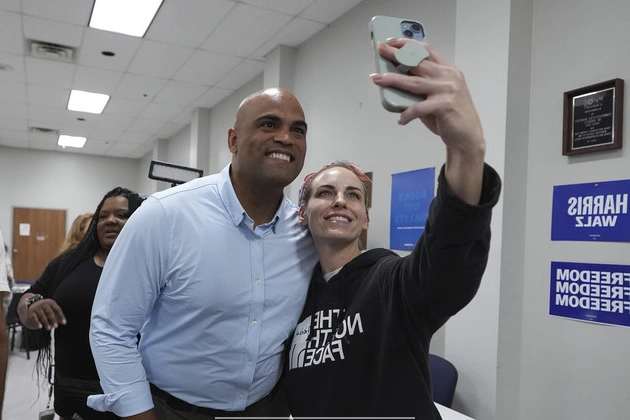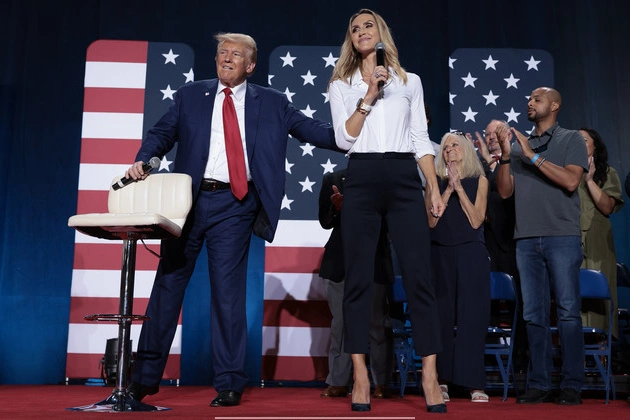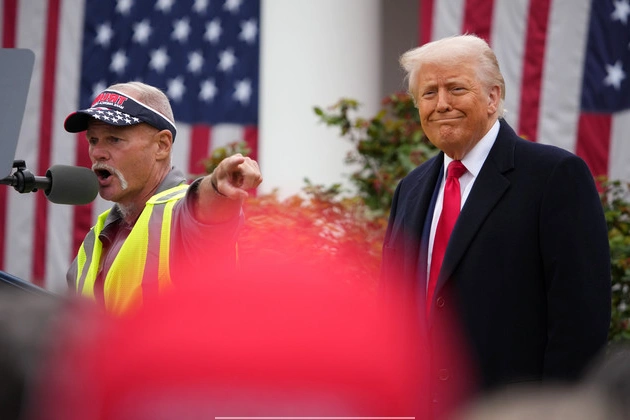
The Populist Facade
President Donald Trump owes his Washington comeback to a patchwork coalition of billionaires who gather in the gilded halls of Mar-a-Lago, middle-class suburbanites fretting about their 401(k)s and working class voters toiling in casinos and steel mills.
But the numbers inside Trump’s “big beautiful bill” are showing that for all the nods the GOP has made to its new populist base, its biggest policy swing remains weighted toward helping higher earners and businesses pay fewer taxes.
Policy Tensions and Realities
The mix reflects the tension in the GOP over keeping old guard Republicans, business interests and Wall Street donors happy — with tax cuts the president boasted on Tuesday that were bigger than what was achieved under President Ronald Reagan — even as Trump challenges other elements of party orthodoxy with his tariffs and calls for price controls.
Internal GOP Struggles
Many in the caucus have been torn between two personas — die-hard Trump supporters and die-hard fiscal hawks — as they navigate the still-changing GOP.
“There’s no doubt that there’s these competing visions within our party right now about where we should be going economically,” said Marc Short, who served as chief of staff to Vice President Mike Pence and legislative affairs director during Trump’s first term.
The Identity Crisis
“I was talking to some conservative policy wonks and I said, ‘Well, what is the conservative position on the bill?’ And then I was like, ‘Wait, what does it even mean to be a conservative right now?’” said a former Trump administration official, granted anonymity to speak candidly about dynamics within the party.
Despite the bill’s emphasis on extending the 2017 tax cuts, traditional conservatives and fiscal hawks express dissatisfaction, highlighting the ongoing struggle within the GOP.
